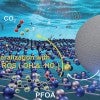
Rice improves catalyst that destroys ‘forever chemicals’ with sunlight
Rice chemical engineers have improved their light-powered catalyst for destroying forever chemical PFOA.

Rice improves catalyst that destroys ‘forever chemicals’ with sunlight
Rice chemical engineers have improved their light-powered catalyst for destroying forever chemical PFOA.

Tetrahedrons assemble! Three-sided pyramids form 2D structures
Rice chemists have discovered pyramid-shaped gold nanoparticles put their own twist on 2D self-assembly.

Study: Explosive volcanic eruption produced rare mineral on Mars
Rice, NASA and Caltech scientists have solved a mystery that began with a 2016 discovery by Mars rover Curiosity.
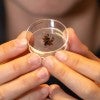
Rice engineers get a grip with ‘necrobotic’ spiders
Rice University engineers find they can manipulate the legs of dead spiders to serve as grippers.

Rice economist’s research on school choice suggests ways to improve experience for students, parents
For school-age students and their parents, school choice programs can be complicated and stressful. Research from Rice University economist YingHua He suggests the process gets easier when schools are upfront about admission prospects and other details that factor into decisions, and that students should be allowed to apply before having to rank schools in order of preference.

Immigration policy, aggressive enforcement harm mental health of people living in US illegally
Restrictive immigration policies and aggressive law enforcement are harmful to the mental health of immigrants living in the United States illegally, according to a new report from Rice University’s Baker Institute for Public Policy.
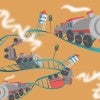
Synthetic tools conduct messages from station to station in DNA
Bioengineers used deactivated Cas9 fusion proteins to synthetically control gene expression and reveal new details about natural processes in human cells.
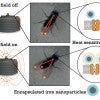
Wireless activation of targeted brain circuits in less than one second
Rice neuroengineers and collaborators have created wireless technology to remotely activate brain circuits.
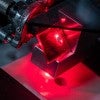
Strain-sensing smart skin ready to deploy
Carbon nanotubes’ natural fluorescence enables a method to detect high strain concentrations, which can lead to damage that threatens the integrity of critical infrastructure like aircraft, buildings, pipelines, bridges and ships.
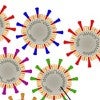
SARS-Arena reveals hidden hooks in virus
SARS-Arena will help to find conserved parts in proteins from SARS-CoV-2 that could be a key for the development of wide-spectrum vaccines.
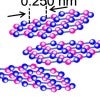
Flashing creates hard-to-get 2D boron nitride
Rice University chemists use their flash Joule heating process to synthesize 2D flakes of boron nitride and boron carbon nitride, highly valued for lending thermal and chemical stability to compounds.
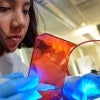
Hidden genes may be tapped for new antibiotics
Rice University bioscientists learn to trigger “silent” gene clusters in bacteria that could be rich sources of new antibiotic candidates.

Interracial contact may not reduce racism, says report
Racial apathy and the belief that Black people no longer experience prejudice in today’s world represent the “new racism,” according to Tony Brown, professor of sociology at Rice University and lead author of the study, “Changes in Racial Apathy Among White Young Adults: A Five-Year National Panel Study,” published in the journal Sociological Inquiry.
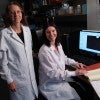
Researchers discover new leukemia-killing compounds
Researchers from Rice and MD Anderson Cancer Center have discovered potential new drugs for treating leukemia.

Emu stands tall at detecting bacteria species
Rice computer scientists develop Emu, which uses long reads of genomes to identify bacteria in a community.